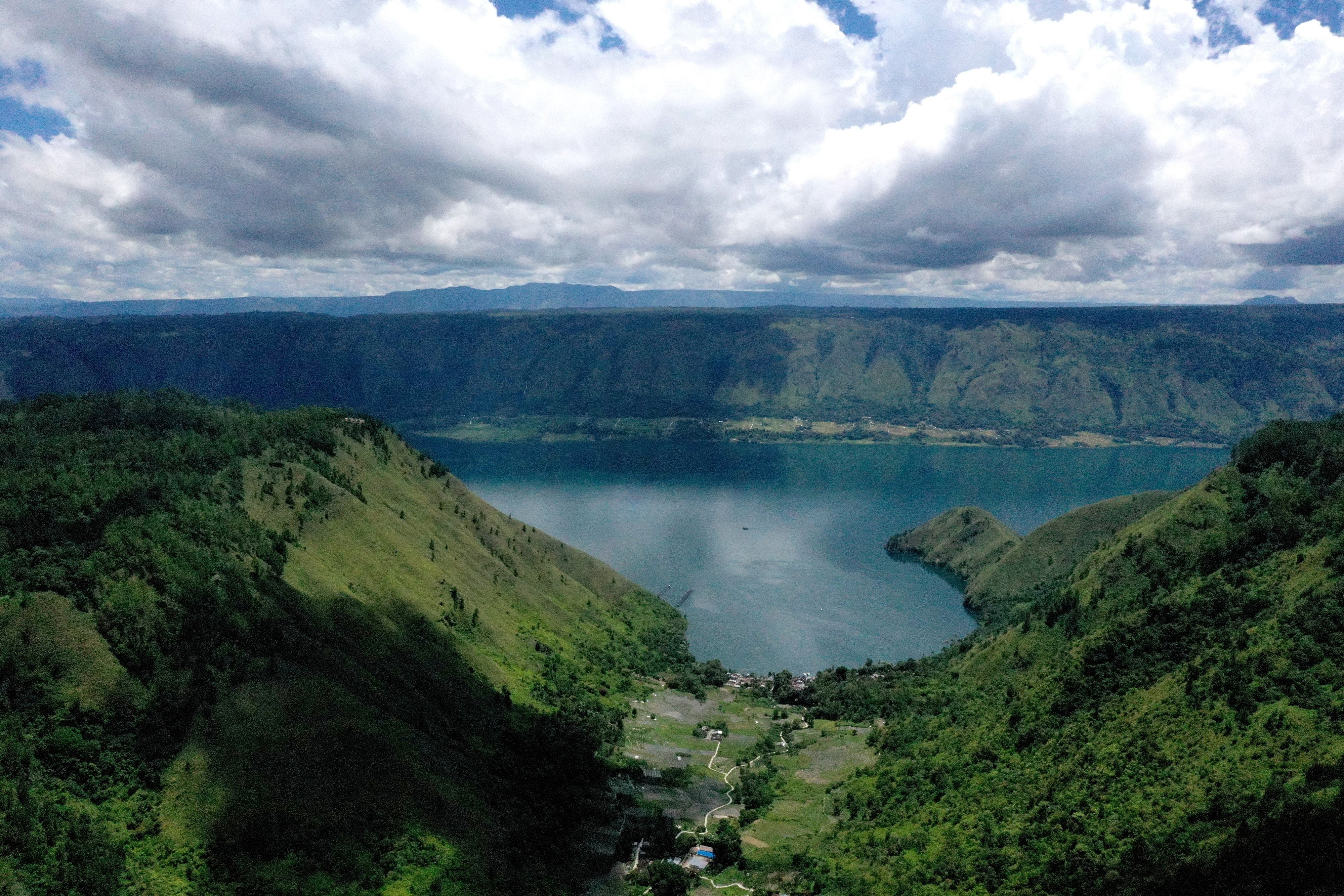Ancient super-volcano eruption destroyed ozone layer and caused human bottleneck, research suggests
‘Over time, skin cancers and general DNA damage would have led to population decline,’ says researcher

Your support helps us to tell the story
From reproductive rights to climate change to Big Tech, The Independent is on the ground when the story is developing. Whether it's investigating the financials of Elon Musk's pro-Trump PAC or producing our latest documentary, 'The A Word', which shines a light on the American women fighting for reproductive rights, we know how important it is to parse out the facts from the messaging.
At such a critical moment in US history, we need reporters on the ground. Your donation allows us to keep sending journalists to speak to both sides of the story.
The Independent is trusted by Americans across the entire political spectrum. And unlike many other quality news outlets, we choose not to lock Americans out of our reporting and analysis with paywalls. We believe quality journalism should be available to everyone, paid for by those who can afford it.
Your support makes all the difference.The eruption of an ancient supervolcano caused a catastrophic drop in atmospheric ozone levels around the tropics that is likely to have contributed to a bottleneck in the human population, research has suggested.
The eruption of the Toba volcano in present-day Indonesia, around 60 to 100,000 years ago, might solve an “evolutionary puzzle” scientists have been debating for decades.
"Toba has long been posited as a cause of the bottleneck, but initial investigations into the climate variables of temperature and precipitation provided no concrete evidence of a devastating effect on humankind," said Sergey Osipov at the Max Planck Institute for Chemistry.
"We point out that, in the tropics, near-surface ultraviolet (UV) radiation is the driving evolutionary factor. Climate becomes more relevant in the more volatile regions away from the tropics.”
Large volcanic eruptions emit gases and ash, which createa sunlight-blocking aerosol layer in the stratosphere, causing cooling at the Earth’s surface.
This “volcanic winter” has multiple knock-on effects, such as cooler oceans, prlonged El-Nino events, crop failures and disease.
"The ozone layer prevents high levels of harmful UV radiation reaching the surface," said Mr Osipov. "To generate ozone from oxygen in the atmosphere, photons are needed to break the O2 bond.
“When a volcano releases vast amounts of sulfur dioxide, the resulting volcanic plume absorbs UV radiation but blocks sunlight. This limits ozone formation, creating an ozone hole and heightening the chances of UV stress."
Mr Osipov worked with Georgiy Stenchikov from the King Abdullah University of Science and Technology, as well as colleagues from King Saud University, Nasa and the Max Planck Institute for Chemistry
The team examined UV radiation levels after the Toba eruption using the ModelE climate model developed by Nasa’s Goddard Institute for Space Studies to simulate the possible after-effects of different sizes of eruptions.
Their model suggests the Toba sulfur dioxide cloud depleted global ozone levels by as much as 50 per cent.
They also found the effects on ozone were significant, even under relatively small eruption scenarios.
The resulting health hazards from higher UV radiation at the surface would have significantly affected human survival rates.
"The UV stress effects could be similar to the aftermath of a nuclear war," said Mr Osipov.
"For example, crop yields and marine productivity would drop due to UV sterilization effects. Going outside without UV protection would cause eye damage and sunburn in less than 15 minutes.
“Over time, skin cancers and general DNA damage would have led to population decline."
Join our commenting forum
Join thought-provoking conversations, follow other Independent readers and see their replies
Comments